![By Aitor III (Own work) [Public domain], via Wikimedia Commons](https://www.nationalelfservice.net/cms/wp-content/uploads/2017/10/Leucoexo-150x150.jpg)
This new clinical practice guideline from the American Dental Association (ADA) updates the 2010 guideline on “Evidence-based Clinical Recommendations Regarding Screening for Oral Squamous Cell Carcinomas
[read the full story...]![By Aitor III (Own work) [Public domain], via Wikimedia Commons](https://www.nationalelfservice.net/cms/wp-content/uploads/2017/10/Leucoexo-150x150.jpg)
This new clinical practice guideline from the American Dental Association (ADA) updates the 2010 guideline on “Evidence-based Clinical Recommendations Regarding Screening for Oral Squamous Cell Carcinomas
[read the full story...]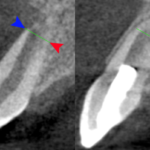
This review of regenerative endodontic treatment (RET) or mineral trioxide aggregate (MTA) apical plug (MAP)in the treatment of teeth with pulp necrosis and open apices used broad inclusion criteria. 144 studies were identified suggesting promising outcomes. However the quality of the available evidence is very low and more high quality research is needed.
[read the full story...]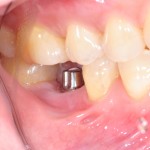
Mark-Steven Howe considers this review of dental implants placed into fresh extraction socket. While 30 studies were included in the review he looks closely at the 3 studies with the longest follow up.
[read the full story...]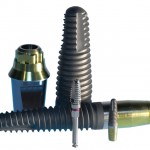
15 observational studies were included in this review of implant survival in patients with osteoporosis. while the findings suggest no difference compared to healthy patients the quality of the included studies is low so the findings should be interpreted cautiously.
[read the full story...]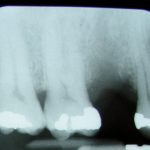
This review of inlay-retained fixed dental prosthesis included 11 small mainly observational studies. The studies suggest a 3-yr survival rate of 92.6% (95% CI: 85.8-97.6%) and 5-yr survival rate of 87.9% (95% CI: 77.4-96.1%). However because of the low quality of the available studies and the wide range of inlay designs, framework materials, surface treatments and cement systems used means that the results should be interpreted cautiously.
[read the full story...]
45 studies are included in this review of endodontic treatment or implants for the pulpally involved tooth. The studies are are observational with few comparative studies and while they summarise success rates for various treatments they should be interpreted cautiously. High quality comparative studies are needed as well as agreement on common reporting outcomes.
[read the full story...]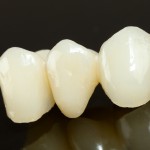
9 studies were included in this review of fibre-reinforced composites fixed partial dentures. Only 3 of the included studies were prospective and were considered to be moderate quality. Good survival rates were seen at 4-5years.
[read the full story...]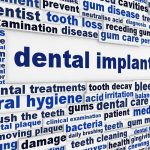
This systematic review of the ‘All-on-4®’ concept for fixed full arch restoration includes 24 studies of limited quality is considered here by Mark-Steven Howe.
[read the full story...]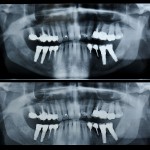
Mark-Steven Howe assesses a systematic review looking at the impact of rigid and non-rigid connectors between natural teeth and implants on the biological, functional and/or the prosthetic complication rates. Ten mainly retrospective studies were included providing limited evidence that needs to be interpreted cautiously.
[read the full story...]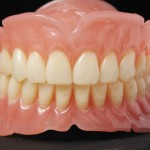
Mark-Steven Howe looks at a review of complete overdentures supported on mini-implants. Although 24 studies are included the majority are small and short term so while good overall overdenture survival was seen the results should be interpreted with caution.
[read the full story...]